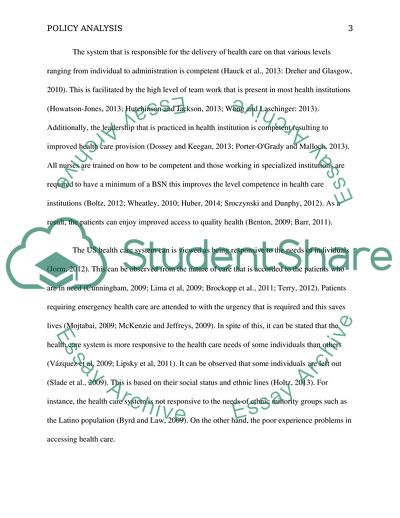Cite this document
(Class is Policy,Law, Ethics...Topic is Policy Analysis Term Paper, n.d.)
Class is Policy,Law, Ethics...Topic is Policy Analysis Term Paper. https://studentshare.org/medical-science/1837804-the-health-care-policy-in-the-usa
Class is Policy,Law, Ethics...Topic is Policy Analysis Term Paper. https://studentshare.org/medical-science/1837804-the-health-care-policy-in-the-usa
(Class Is Policy,Law, Ethics...Topic Is Policy Analysis Term Paper)
Class Is Policy,Law, Ethics. Topic Is Policy Analysis Term Paper. https://studentshare.org/medical-science/1837804-the-health-care-policy-in-the-usa.
Class Is Policy,Law, Ethics. Topic Is Policy Analysis Term Paper. https://studentshare.org/medical-science/1837804-the-health-care-policy-in-the-usa.
“Class Is Policy,Law, Ethics. Topic Is Policy Analysis Term Paper”. https://studentshare.org/medical-science/1837804-the-health-care-policy-in-the-usa.


